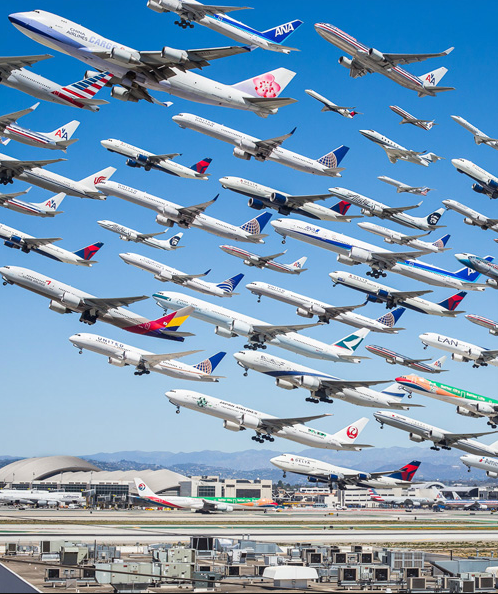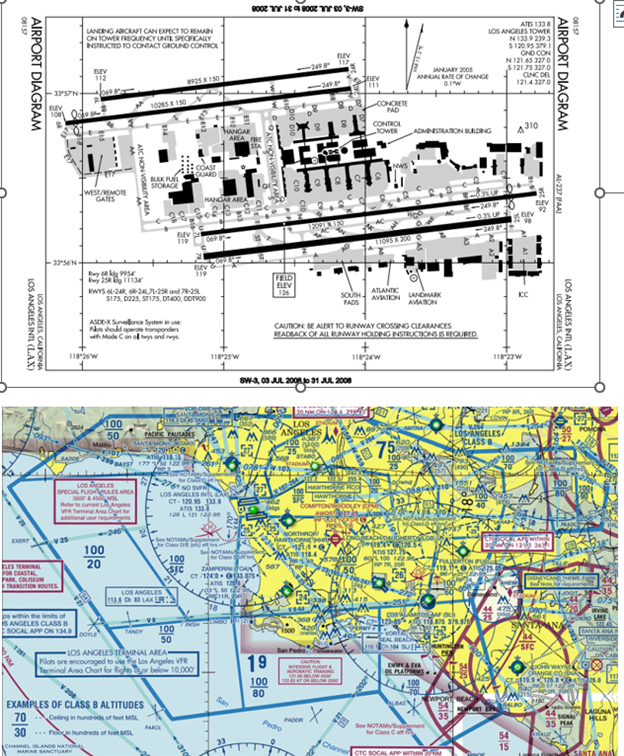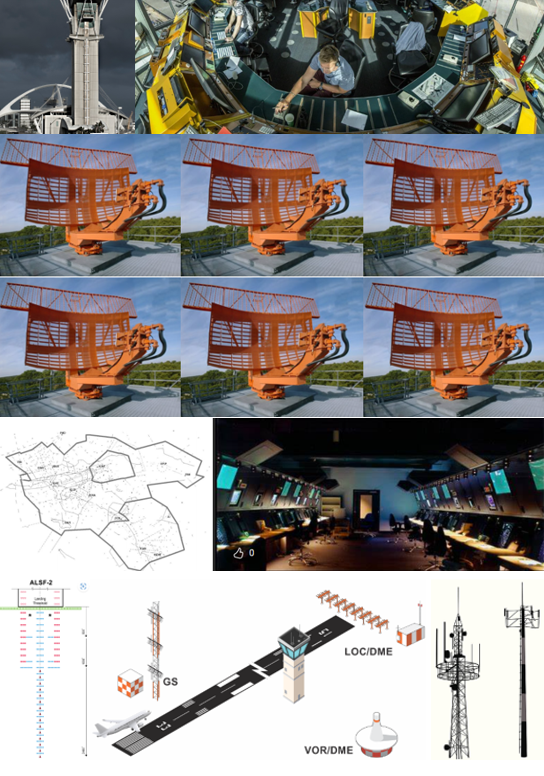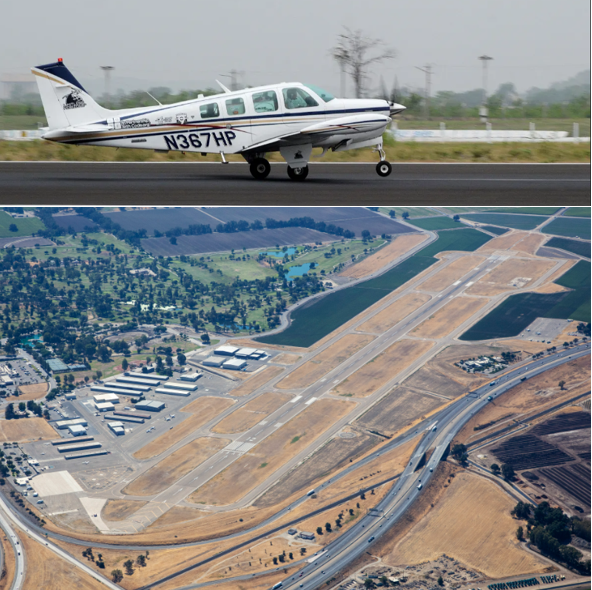Secretary Buttigieg: A BLIP is not a BLIP.

Transportation Secretary Pete Buttigieg, at a Press conference introducing his FY 2025 FAA budget, repeated the mantra used by air traffic privatizations proponents (largely Republican), that “A BLIP IS A BLIP” or in his terms that based on solely on raw operations numbers that business aviation does not pay its proportion of the ATC costs. The Secretary’s numbers are that
“BUSINESS JETS account for 7% OF FLIGHTS the FAA handles but CONTRIBUTE 0.6% OF THE TAXES that help fund the national airspace.”
The analysis supporting his equation is simplistic. As the below equally basic example should prove- the 10am departures and arrivals at LAX are equal to the same traffic at VIS. The human capital, the facilities, the investment in the ATC systems and associated costs are not in the same range.
The point is—IF THERE IS GOING TO BE A PURE COST BASED ATC FEE SYSTEM, JUSTIFYING IT ON MERE MACRO NUMBERS IS INADEQUATE AND LIKELY ILLEGAL.
FAA plans to increase private jet fees to improve airspace SAFETY
By Susan Carpenter Washington, D.C.
PUBLISHED 3:45 PM ET Mar. 11, 20

What You Need To Know
- The Federal Aviation Administration proposed increasing private jets’ fuel fees from $0.22 per gallon to $1.06 per gallon over the next five years
- Transportation Secretary Pete Buttigieg said the move is for private jet travelers to “start paying their fair share into the system“
- BUSINESS JETS account for 7% OF FLIGHTS the FAA handles but CONTRIBUTE 0.6% OF THE TAXES that help fund the national airspace
- The FAA said it is the first update in decades for private jet fuel fees
- “The fact is we have one national airspace that integrates many users to move, seamlessly guided by thousands of FAA’s highly trained air traffic controllers, but that system is not paid for in fair and equitable terms,” Buttigieg said Monday during a briefing about the Biden Administration’s proposed 2025 fiscal year budget for U.S. Department of Transportation agencies.
- “Business jets account for more than 7% of flights handled by the FAA but contribute just 0.6% of the taxes make up the Airport and Airway Trust Fund,” he said.
- The majority of that fund comes from regular airline passengers, who pay a 7.5% tax on their airline tickets, meaning the amount they pay in taxes increases with the price of their tickets.
- THE FAA PLANS TO INCREASE PRIVATE JETS’ FUEL FEES FROM $0.22 PER GALLON TO $1.06 OVER FIVE YEARS. The agency said it is the first adjustment to the fuel fees in decades. Buttigieg said the increase in kerosene jet fuel fees on private jets is expected to generate $1.1 billion in additional revenue over five years and will be “used to help make the national airspace safer and more efficient for every American user.”
- The proposed fee increase is in addition to the $21.8 billion in the proposed 2025 fiscal year budget for the Federal Aviation Administration to modernize its facilities, hire more air traffic controllers and ramp up safety oversight.
- ….
- “We need more air traffic controllers, and we’re hiring as many as we can,” Whitaker said. “Hiring and onboarding more controllers is essential to meet increasing traffic volume while safely integrating new users to the national airspace.”
- Whitaker said the agency surpassed its hiring goal of 1,500 new controllers last year. It plans to hire at least another 1,800 new controllers this year and 2,000 in 2025.
- For the first time, the president’s proposed fiscal year budget includes $1 billion for 2025 and $8 billion over five years as mandatory FAA appropriations to provide a more stable, predictable and long-term budget to enable better planning of multiyear capital projects.
- Whitaker said many of the agency’s 350 air traffic control facilities are “beyond their useful life,” with most control towers being more than 40 years old.
- The additional $8 billion the president is proposing over the next five years will allow the agency to modernize its air traffic control facilities and radar systems “critical to maintaining safe operation in the national air space,” he said.
Los Angeles International Airport Air Traffic Control Costs

The first image is a time exposure of the flights departing form LAX. It suggests that to handle the virtually day long traffic peak the FAA has to
- staff the controllers at the TOWER, the TRACON and ENROUTE CENTER
- add computer capacity, navigational aids, ground radar, airspace radar, communication systems, VORs, DMEs, antennas, etc.
- the Tower Cab and support facilities, the TRACON and support facilities and the ENROUTE sectors and support facilities
The mass of 10am departures and arrivals at LAX INCUR SIGNIFICANT MARGINAL COSTS.
Los Angeles International Airport (LAX), one of the busiest airports in the world, relies on air traffic controllers to manage the flow of aircraft. However, it’s important to note that LAX itself does not employ air traffic controllers directly. Instead, air traffic control services for LAX and other airports in Southern California are provided by two primary facilities:
- Southern California TRACON (SCT): Also known as SoCal TRACON, this facility guides approximately 2.2 million planes over roughly 9,000 square miles each year. SCT handles radar air traffic approach control services for most arriving and departing aircraft at airports in Southern California. Its airspace extends from 20 miles north of Burbank to the US/Mexican border and from San Bernardino to Santa Catalina Island. Airports receiving SCT services include Burbank Airport, John Wayne Airport, Los Angeles International Airport (LAX), Long Beach Airport, March AFB, MCAS Miramar, NAS North Island, Ontario Airport, San Diego International Airport, and Van Nuys Airport, among others.
- Los Angeles Air Route Traffic Control Center (ZLA): Operating 24/7, ZLA employs approximately 500 INDIVIDUALS, with around 320 of them being air traffic controllers. ZLA manages the airspace for a vast region, including LAX and other airports. The ARTCC’s airspace is divided into six areas (Areas A through F), each responsible for specific sectors within Southern California.


++++++++++++++++++++++++++
Visalia Municipal Airport
No Control Tower
VIS currently has no scheduled air service In the year ending March 22, 2022, the airport recorded a total of 32,500 aircraft operations, averaging 89 per day. These operations included 95% general aviation, 3% air taxi, and 2% military flights. including 120 single-engine, 36 multi-engine, 2 jet, 2 helicopters, and 1 glider.

| Aircraft based on the field: 161 Single engine airplanes: 120 Multi engine airplanes: 36 Jet airplanes: 2 Helicopters: 2 Gliders airplanes: 1 |
+++++++++++++++++++++++++++++++++++